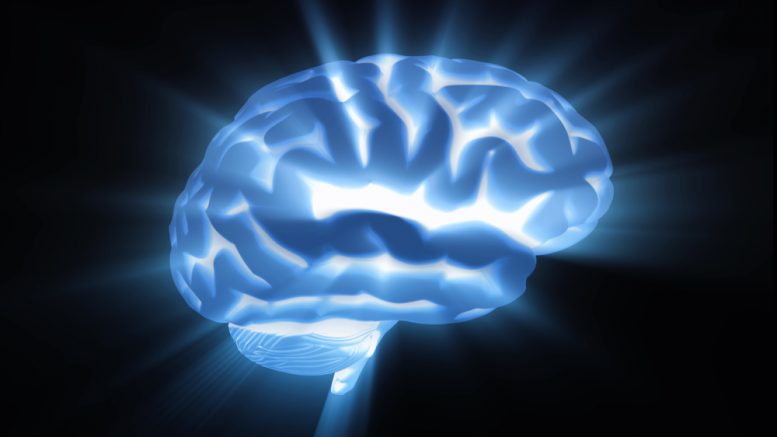The use of antidepressants is on the rise. However, for most people, the medications hardly help and the accompanying side-effects are too excessive to justify their use. In fact, it almost seems as though a good portion of our society is completely enslaved to the “zombie-like” effects that such harsh medications can yield. The WHO believes that 350 million people around the world suffer from depression, a statistic which gives way to pharmacuetical giants to largely benefit. In fact, the CDC reports that one out of every eight American older than age 12 have at least tried antidepressants. Many people use the amino acid, L-Theanine as a natural way to manage both anxiety and depression in adults, and ADHD in kids. But overall, natural cures for depression are largely shoved under the rug.
There may now be an upcoming solution for those who suffer from depression but aren’t able to use medications to help. A new treatment using magnets is getting a lot of attention from researchers. Transcranial magnetic stimulation (TMS) uses magnets to stimulate the brain in much less evasive way than that of medications. TMS has been around since 2008 when the FDA approved its use, however, the treatment is just now beginning to collect accolades for success in treating depression. It is now used (and covered by insurance companies) for what’s called “treatment resistant” depression. Not only has it been showing indications of offering a more successful solution to depression than its medication predecessors, but it is also much more affordable.
For many people, TMS is a great solution. Some people claim they experience a little lightheadedness following treatments, but you’d be hard pressed to find complaints of major side-effects stemming from the treatments.
So how does transcranial magnetic stimulation work? Watch this video to learn exactly how the process works.
Here is Michelle McDonnell discussing Transcranial Magnetic Stimulation at a TED Talk.


